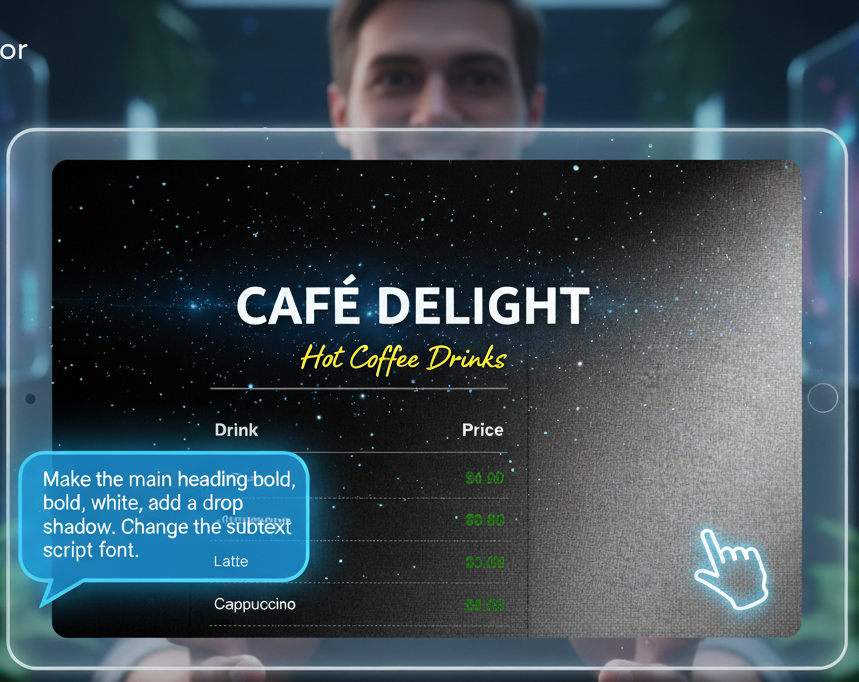
What is The Semel Editor (TM)?
A "semel" is a "semantic element". The Semel Editor (TM) allows you to edit semels, not text. Don't ask, "What is my next keystroke?" instead, ask, "What is my next goal?".
Problem
Traditional C++ programming editors focus on text-based inputs, which can be inefficient and error-prone for realizing programming concepts quickly. The main drawbacks are the complexity and time consumption in coding due to low-level syntax handling.
Solution
The Semel Editor is a specialized editor that allows users to input and edit semels (semantic elements) instead of traditional text. This tool aims to streamline programming by focusing on high-level programming constructs and goals rather than individual keystrokes.
Customers
Software developers and programmers specializing in C++ who are looking for more efficient ways to code by focusing on the semantics of their code rather than the syntax.
Unique Features
Unique focus on semantic elements rather than textual code, potentially reducing the cognitive load and errors associated with syntax.
Encourages users to think in terms of goals or outcomes, aligning more closely with modern programming methodologies like agile and outcome-oriented development.
User Comments
Innovative approach but has a learning curve.
Helps in focusing on the big picture of programming constructs.
Can be confusing at first for traditional coders.
Reduces time spent on syntax errors.
Highly recommended for complex projects.
Traction
Featured on ProductHunt with significant upvotes, indicating strong initial interest.
Early reviews highlight its potential for changing coding habits.
Growing user base from niche programming communities.
Market Size
The global integrated development environment software market is expected to grow to $8.9 billion by 2025, driven by the increasing software development and demand for streamlined coding tools.


